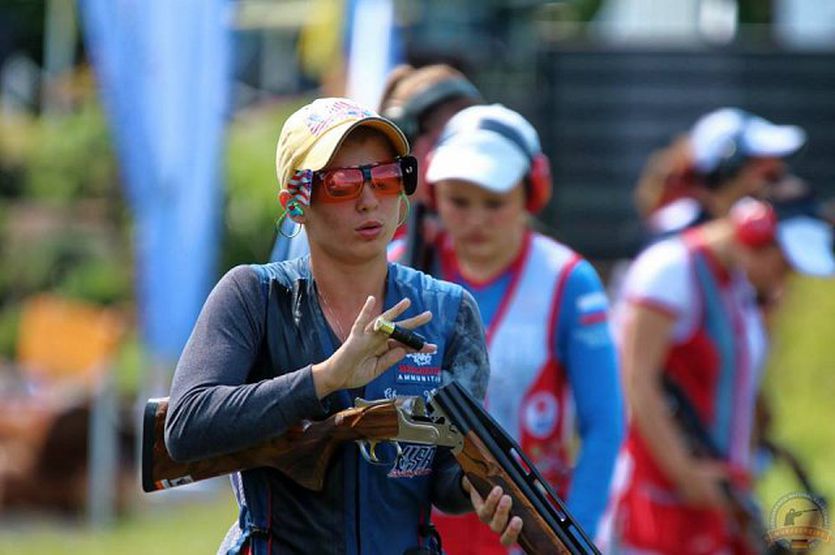Tips from the Best Clays Shooters in the United States
Every four years at the Olympics, America gets a glimpse of the clay-target games the rest of the world shoots. International, or bunker, trap and international skeet are revved-up versions of the ones you know.
The targets are faster, the degree of difficulty higher, and hardly anyone shoots a perfect score. Although the U.S. has produced dominant Olympic shooters, there are still very few places in this country to practice the international games. One is the Olympic Training Center in Colorado Springs, where I recently visited and met several U.S. team members and a legendary coach.
What I learned from them can make you a better shot at birds or clays.
SHOOTER: Cheyenne Waldrop
TIP: FIND A RYTHM
Waldrop started shooting a .22 rifle at age 5, when a counselor told her parents that shooting would help Cheyenne resolve anger problems by making her calm down and focus. Her father insisted that she join her high-school trap team as a freshman in Forest Hill, Calif. “I didn’t want to. I was afraid the gun would knock me flat,” says the 5-foot 1-inch, 109-pound Waldrop. It didn’t, and now she’s on the National Junior Team.
Waldrop says it’s important to find a rhythm in order to connect on the second bird. Coming to the two-shot game of international trap from the single-shot game of ATA trap, Waldrop had to learn how to deal with a second target quickly following the first one. In the beginning, she just threw her second shot immediately after the initial one, wasting it. Eventually, she found her rhythm. “It’s like a heartbeat,” she says. “Allowing a little pause after the first shot gives you a chance to make micro-adjustments to make the second.”
At first, just visually pick out the largest piece of a single target you’ve just broken and follow it to the ground with the muzzle of your shotgun to ingrain good follow-through. (Here’s a video on just how to do that.) After doing that several times, shoot the initial target, count a beat, and then break the biggest piece with your second shot. Finally, do the same with real doubles.
Read more at Range365.com.
